Growing figs at home: varieties, planting care
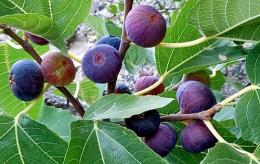
Plant figs has many names:
- fig tree
- fig
- fig
- fig tree
- fig
It belongs to the genus Ficus of the Mulberry family. In the wild, it is distributed in warm, mild climates.
Since ancient times, many types of fig trees have been cultivated as garden plants., which is prized for its sweet, tasty fruits.
In addition, it is possible to grow figs at home; special varieties have been bred for this.
Content:
Varieties of figs for indoors

Growing figs in the open air is permissible only in the southern regions: in the Caucasus, in the southern regions of European countries.
In central Russia and its northern regions, figs are grown indoors, like a houseplant. There are special varieties for this.
Sochi 7 and Sochi 8
Varieties of figs with similar characteristics, recommended for indoor cultivation. Bred by Yu.S. Chernenko, a specialist in the selection of subtropical crops, at the experimental station in Sochi.
The varieties produce juicy fruits weighing 60 grams once a year. Sochi 7 and Sochi 8 do not need special pollination with pollen from wild figs, called caprification.
Variety Dalmatica
It produces two harvests per year, usually in July and October. The fruits are large, weighing up to 130 grams, with red flesh.The first harvest produces larger figs than the second. Dalmatica bears fruit without caprification.
White Adriatic
The fruits of the variety are very sweet, light, yellow-green in color, weighing 60 grams. Gives two harvests: at the beginning and at the end of summer. The variety is self-fertile and does not require additional pollination.
Ogloblin seedling
While working on the variety, Ogloblin N.A. used seeds of figs grown only indoors.
An interesting feature of the resulting variety is that the fruits that set in the fall overwinter in the form of small green berries; in the spring the berries begin to grow and by summer they reach normal sizes.
Sary Apsheronsky
Gives two harvests, fruits weighing 40 grams, set in large quantities, especially during the second harvest. The color of the fruit is creamy, the flesh is pink, the taste is very sweet. The variety does not need caprification.
In addition to the above for indoor growing The following varieties are also suitable:
- Kadota
- Uzbek yellow
- Kusarchaysky
- Muason
- Gift to October
- Black Pearl
All indoor fig trees are short, self-pollinating and do not require special pollination to increase yield. Considering that Russian flower growers have been successfully cultivating figs indoors since the 17th century, even today planting and growing figs at home is no more difficult than growing ficus.
Planting fruiting figs for growing in a pot
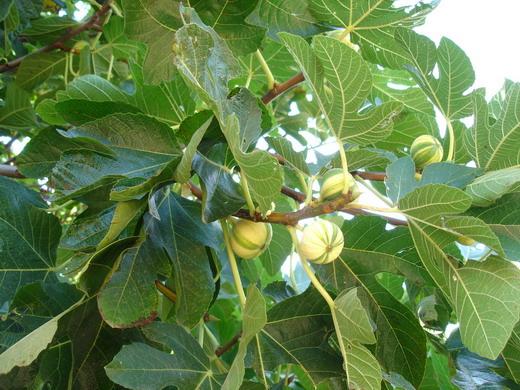
You can prepare the soil for planting an indoor fig tree yourself by mixing leaf soil with coarse sand, a small amount of ash and peat.
First add a drainage layer to the bottom of the peas and fill with the prepared soil mixture. Sprinkle the top of the soil with a layer of clean sand.
Planting material for growing figs can be seedlings obtained from seeds, rooted cuttings and root cuttings.
Considering that fig seedlings obtained from seeds begin to bear fruit no earlier than after reaching the age of five, the method is convenient to use where it is impossible to obtain cuttings or root shoot.
Small containers or seedling cups up to half a liter in volume are suitable for sowing. You can sow up to three seeds in each glass, which will subsequently allow you to choose the strongest one.
Sprinkle lightly seeds damp soil, cover with glass and place in a warm place. In about two to three weeks, shoots will appear; after another five weeks, the seedling is ready for transplanting.
A fig stalk can be cut from a semi-lignified shoot. Cut the lower part with an oblique cut under the bud, leave three buds and cut off the top with a straight cut. Shorten the leaf blades by 1/3, this will speed up the emergence of roots.
Rooting occurs in a container with clean, damp sand. The process will be more successful if you put a transparent bag on top. After 20 days, the roots on the cuttings will reach a size sufficient for transplanting into a pot.
The optimal time of year for rooting fig cuttings is April. If there is shoots from the root, then they can also be used to produce a separate plant.
Bend the shoot to the ground, secure and cover with earth. After three to four weeks, the seedling will have its own roots and can be planted.
It should be noted that figs planted using the last two methods can begin to bear fruit after two years.
Caring for figs indoors

Good sunlight is important for fruiting figs. lighting, fruits do not ripen in the shade.
The optimal temperature during flowering and fruiting is not lower than 22 and not higher than 25 degrees.
In winter, the plant enters a dormant period; the temperature in the room with the figs should not be higher than 10 degrees Celsius.
During the growing season, fig trees need regular watering. An adult plant can withstand a long break in watering, but a young plant is very sensitive to moisture, it can die from its lack.
If the size of the tree allows it to be moved into the shower, then warm “rain” will do it good. large specimens can simply be sprayed.
From the end of October, the plant enters a dormant period and requires rare watering, no more than twice a month. At the end of February, the figs begin to grow and the regime of frequent and regular watering is resumed.
During flowering and fruit formation, you need to add minerals and organic fertilizers once in two weeks.
If the crown of an indoor fig has grown, it can be subjected to formative pruning. It is important to remember here that the more young shoots, the more fruits will set.
As soon as the roots of the plant completely fill the pot, the plant is transplanted into a container 5 cm larger than the previous one.
The plant tolerates being outdoors well in the warm season, if possible it should be moved to a loggia or balcony.
In general, figs are one of the exotic plants that thrive indoors.
Video recommendations for caring for figs:
Interesting information about the vegetable garden

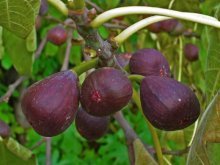
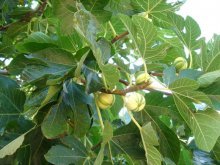

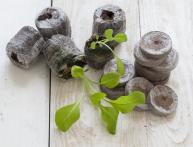

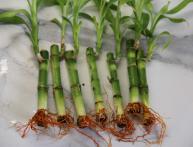
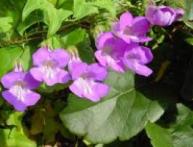


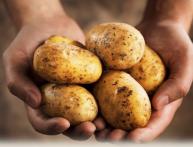
Comments
Figs are incredibly healthy. Especially in the cool season, when the body needs additional vitamins and immune support.I liked the idea of planting the plant indoors.